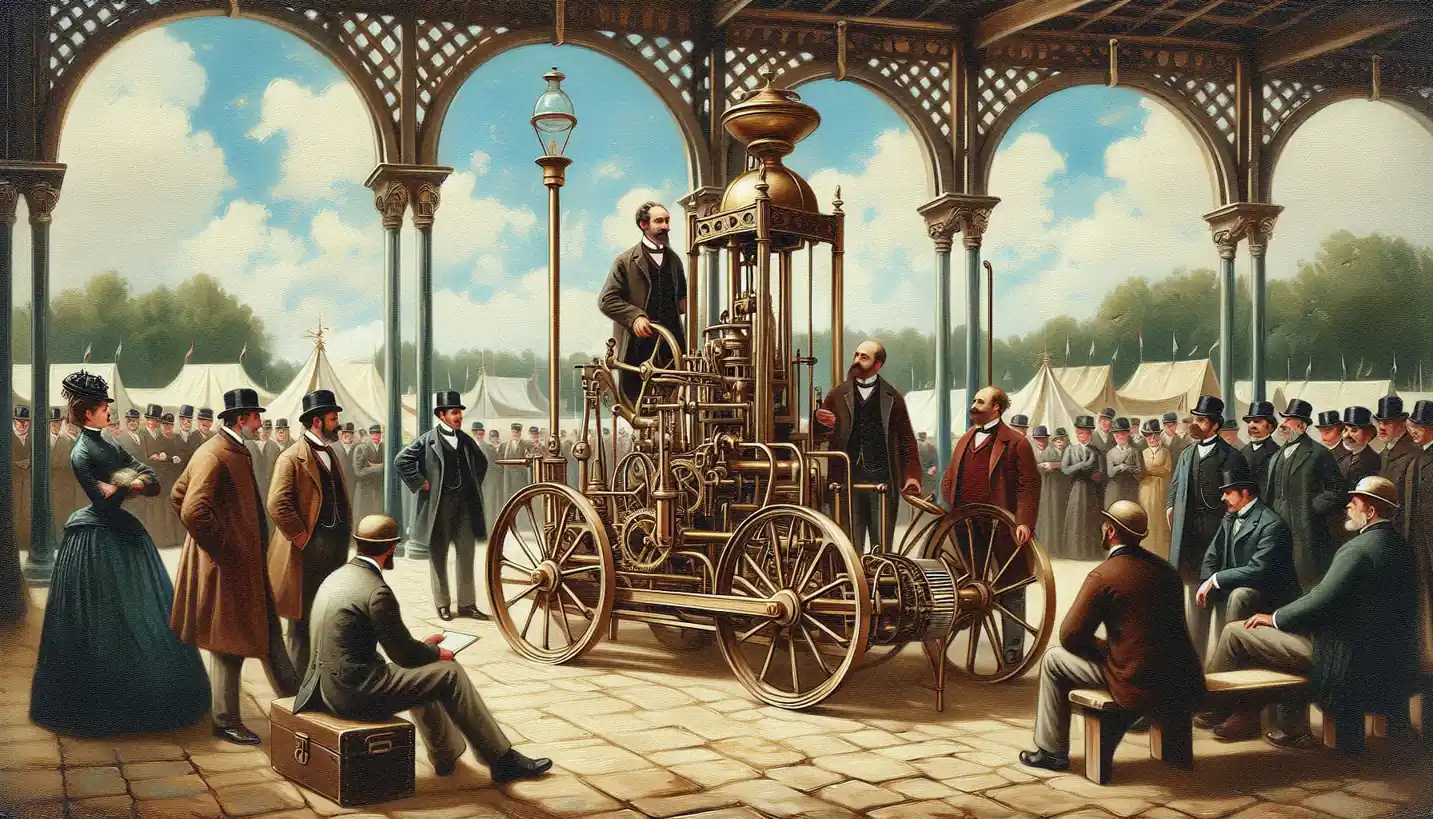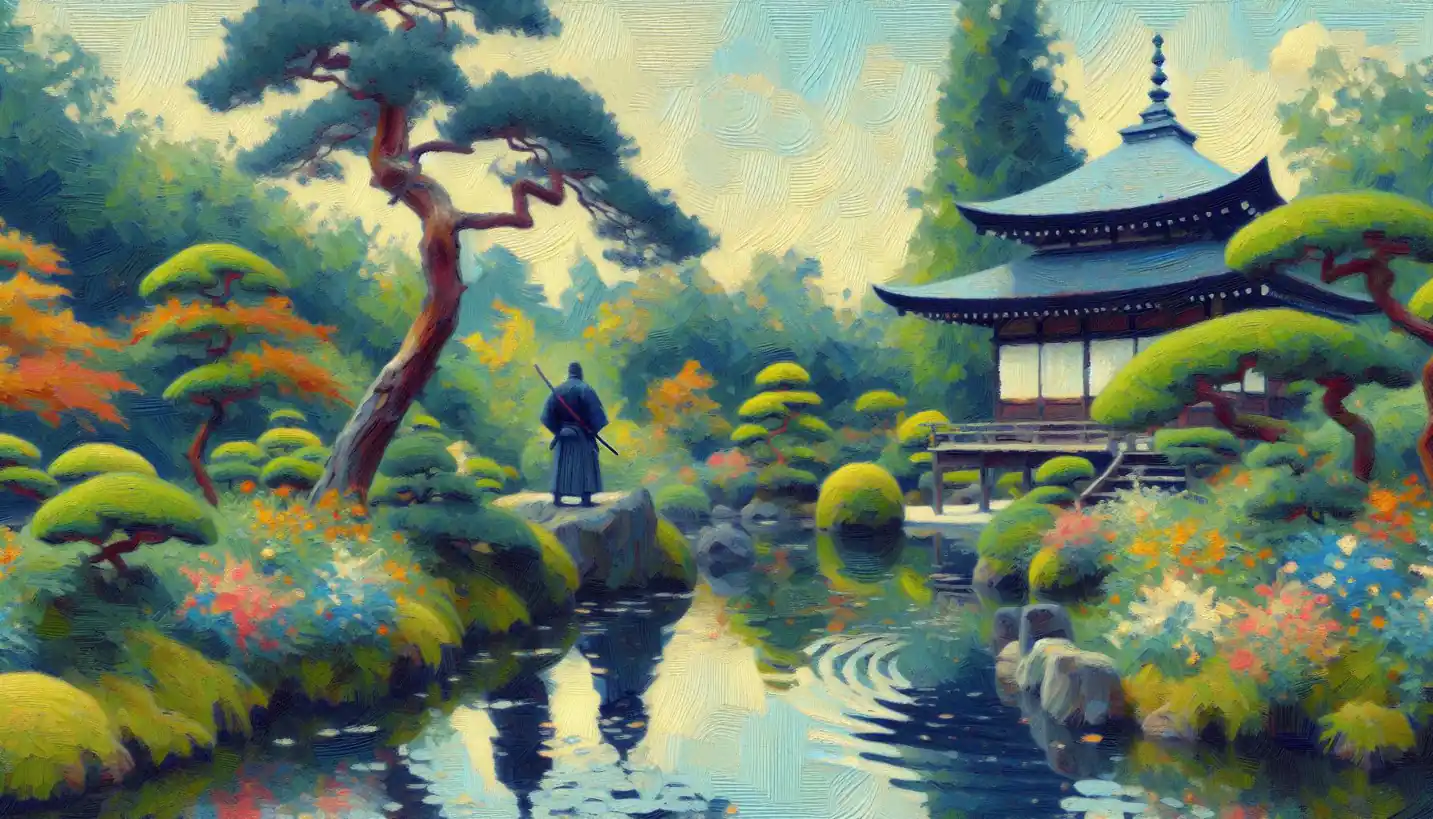· History · 5 min read
Gunpowder Empires: A Fascinating Chapter in Global History
Gunpowder Empires opens a captivating chapter in global history. Explore how these empires reshaped political and military landscapes worldwide.

When you hear the term “Gunpowder Empires,” it might bring to mind images of cannons booming and smokey battlefields. This captivating part of global history revolves around several powerful empires that harnessed the mighty force of gunpowder to dominate large swathes of territory between the 15th and 18th centuries. Among these were the Ottoman Empire, the Safavid Empire, and the Mughal Empire. Let’s embark on a journey to explore how these empires rose to prominence and how they reshaped the world.
Picture a time when the clashing of swords and galloping horses thundered across battlefields. Then came gunpowder, a game-changer. Originating in China, this black powder traveled along trade routes, eventually transforming warfare. No longer was it just about physical strength and steel blades. Gunpowder meant that armies could now strike from a distance, with devastating power.
The Rise of the Ottomans
The Ottoman Empire, which started in what is modern-day Turkey, was one of the longest-reigning empires in history. It all began in the late 13th century, but it was in the 15th century that gunpowder helped them achieve true greatness. The Ottomans famously used massive cannons to breach the walls of Constantinople in 1453. This marked the end of the Byzantine Empire and the rise of Istanbul as a major center of commerce and culture.
Think of these cannons as the ancient equivalents of modern-day rockets. They were impressive not just in sheer size but also in their ability to shatter the defenses of even the most fortified cities. The Ottomans didn’t just rely on brute force; they were strategic thinkers. By controlling key trade routes between Europe and Asia, they became immensely wealthy, fostering a vibrant cultural and artistic heritage.
Safavids: Masters of Persia
Turn your attention eastward to the Safavid Empire in Persia, present-day Iran. In the 16th century, they wielded gunpowder weapons to assert control and unify the region under Shi’a Islam. Although they weren’t as expansive as the Ottomans, their use of gunpowder was critical in establishing a sense of national identity and religious unity.
Imagine the Safavid Empire as a beautiful tapestry woven with rich traditions and vibrant colors. They were renowned for their stunning Persian architecture, intricate carpets, and flourishing arts. Gunpowder gave them the military edge they needed to protect and expand this cultural tapestry, ensuring they left a lasting legacy in the region.
The Mughal Marvel in India
Finally, journey further east to the Indian subcontinent, where the Mughal Empire rose to prominence. Founded by Babur in the early 16th century, the Mughals were skilled in using gunpowder to build an empire that boasted some of the most magnificent architecture on Earth, including the iconic Taj Mahal.
Unlike the Ottomans and Safavids, the Mughals faced unique challenges in uniting a vast and diverse land. Picture India as a colorful mosaic, with countless languages and ethnic groups. The Mughals had to adapt their strategies to accommodate this diversity. By utilizing gunpowder, they could efficiently quell resistance and bring vast territories under their rule.
The Art of Warfare Transformed
The Gunpowder Empires didn’t just change warfare; they changed how empires were governed and expanded. The introduction of gunpowder marked the transition from medieval warfare, with its knights and castles, to more modern tactics involving infantry and field artillery. It also highlighted the importance of technology and innovation in military strategy.
Let’s think of gunpowder as the internet of its time. Just as the internet has transformed communication and commerce, gunpowder revolutionized the way battles were fought and nations were built. Empires that adapted to this new technology thrived, while those that resisted found themselves left behind.
Cultural Blenders
While warfare was an essential part of these empires, it is equally important to appreciate their cultural impact. The Gunpowder Empires were remarkable cultural melting pots, blending influences from different regions and peoples.
Take the Ottomans as an example: they absorbed and integrated diverse cultures from Southeast Europe to North Africa. Their architecture reflected a myriad of styles and their cuisine was a rich amalgam of flavors. Similarly, the Mughal Empire combined Persian, Turkish, and Indian influences to create art and architecture that were breathtakingly unique.
Why It Matters Today
You might wonder why these ancient empires are still relevant today. The influence of the Gunpowder Empires is deeply woven into the cultural and political landscapes of the modern Middle East, South Asia, and beyond. They laid the groundwork for modern nation-states in these regions and left a legacy of cultural and architectural richness that continues to inspire.
Additionally, their rise and fall offer timeless lessons in the importance of embracing technology and innovation. Just as gunpowder reshaped the world centuries ago, today’s technological advances continue to redefine global dynamics.
Future Glimpses
Thinking about the future, what lessons can we draw from the Gunpowder Empires? Their histories remind us of the power of adapting to new technologies, the importance of cultural exchange, and the ever-changing nature of power and control. As we continue to navigate our interconnected world, these lessons serve as a poignant reminder of how the past continues to ripple through to the present and beyond.
So, the next time you hear a loud boom on a holiday celebrating fireworks, think back to the history of gunpowder and these empires that once shaped the world in ways both grand and intricate. The echoes of their cannons and the splendor of their cultures may be centuries old, yet they continue to fascinate and teach us about the complexities of human history.


